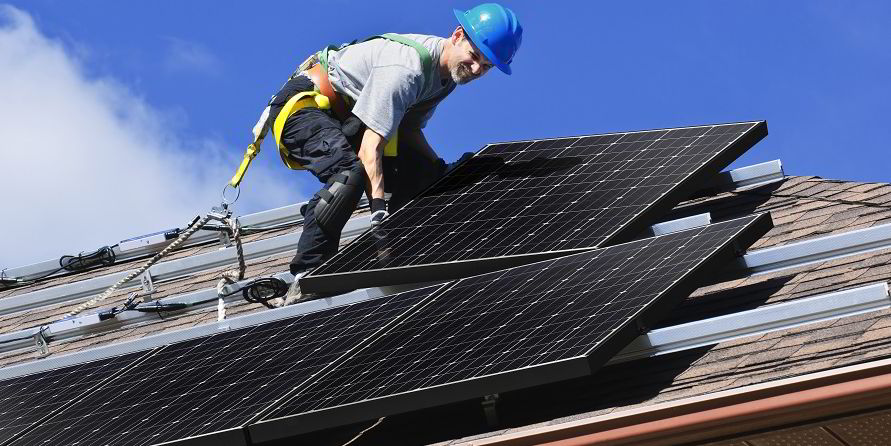In announcing the collaboration with Panasonic on Sunday, Tesla appeared to suggest that Silevo – a PV technology start-up acquired by SolarCity in 2014 for as much as $200m – would be effectively sidelined if the deal works out.
There's a possibility that Silevo’s technology could somehow be used by Panasonic, which makes cells and modules based on its unique heterojunction with intrinsic thin-film layer (HIT) technology – wherein amorphous silicon is layered onto a crystalline silicon substrate.
But neither Tesla nor Panasonic has hinted at any such technological blending, which could delay mass production at the taxpayer-supported factory under construction in Buffalo, New York.
Tesla never mentions Silevo in its announcement, and says the intention is for “Panasonic to begin PV cell and module production at the [New York] facility in 2017”.
On Wednesday the Japanese electronics giant added its own statement, saying the “collaboration” with Tesla would aim to create a “synergy between Panasonic’s technological and manufacturing expertise in PV cells and modules and Tesla’s strong sales capacity”.
A Panasonic spokesman told Recharge: “Panasonic plans to use its HIT technology in this collaboration.”
The Buffalo, New York factory would be operated under the "umbrella" of Tesla, Panasonic says.
For its part, California-based SolarCity has not responded to a request for more information about Silevo’s role at the New York factory if Panasonic is brought on board.
The deal between Tesla and Panasonic will only go forward if shareholders approve Tesla’s proposed acquisition of SolarCity, with the vote set for mid-November.
Sweeping Silevo under a rug would be something of an embarrassment for SolarCity, coming just two years after the company -- the largest US rooftop solar installer -- announced its push into PV manufacturing with great fanfare.
But some experts believe handing the keys to the New York factory over to Panasonic would be a smart play for Tesla – reducing the technology risk associated with the plant and perhaps the amount of capital Tesla would need to pour into it.
Panasonic is a significant investor – and a technology partner – at Tesla’s Gigafactory for lithium-ion batteries in Nevada, which are used for its electric vehicles and its stationary battery packs.
In any scenario, Tesla has set itself up for a wild few weeks.
Following the Panasonic announcement on Sunday, Tesla on Wednesday is due to make a product announcement – likely related to its vehicles.
On 26 October Tesla will announce its hotly-anticipated quarterly earnings, and on 28 October it has promised to unveil a new SolarCity rooftop PV product.
The US presidential election in early November could bear significant consequences for renewables and electric vehicles in the US, and on 17 November Tesla and SolarCity shareholders will vote on whether to approve Tesla’s takeover.
Analysts say the barrage of product announcements over the next few weeks could be designed to create near-term tailwinds for Tesla that will encourage shareholders to approve the SolarCity acquisition.

